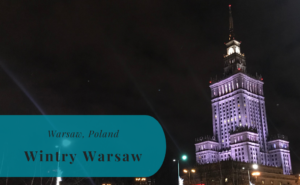Gdynia is a city in northern Poland and one of the country’s main seaports on the Baltic Sea. It lies within the area of the Pomeranian Voivodeship. where it is a part of the metropolitan area known as the Tricity (Trójmiasto in Polish) together with nearby Gdańsk and Sopot. With a population of around 244.000 inhabitants, this is the 12th largest city in Poland. This small fishing village was overshadowed by the much more historically important city of Gdańsk for centuries, many times known by the German name Danzig. Gdynia has, however in the last century developed into a seaside resort that attracts tourists not only from Poland.


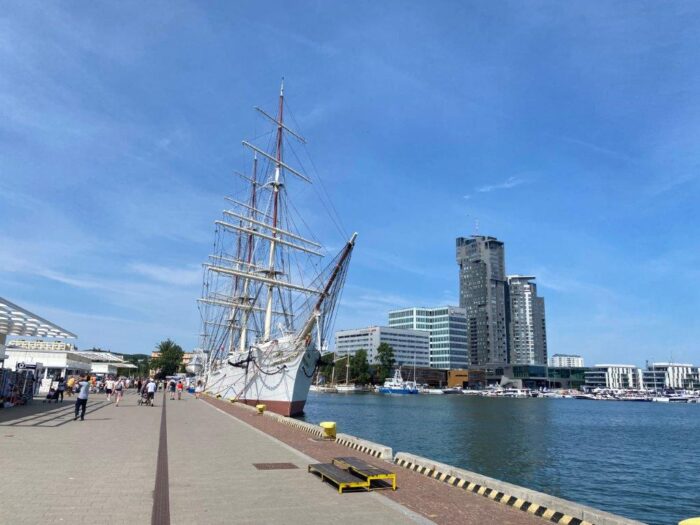

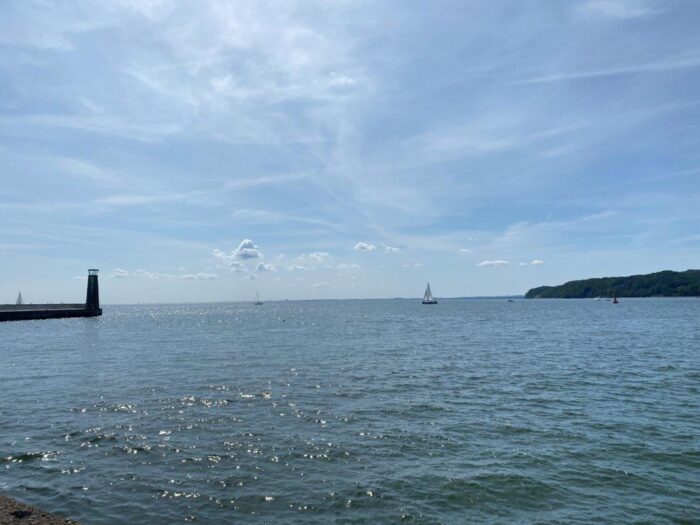
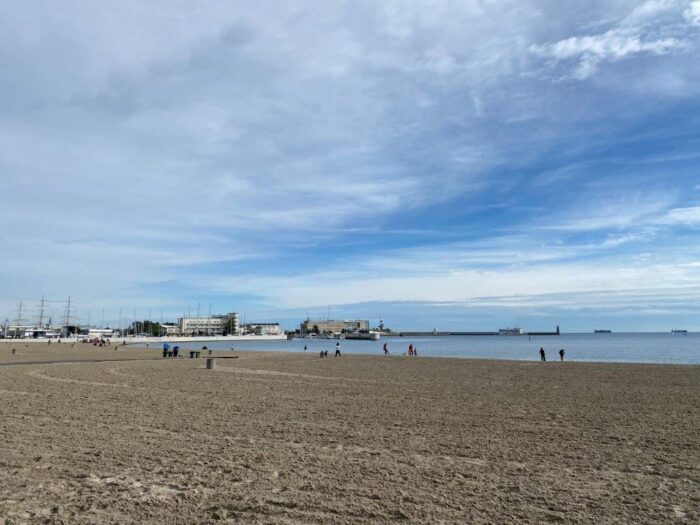



A Short History of Gdynia
The first known written mention of Gdynia dates back to 1253, at a time when this was only a small fishing village. The area has since changed ruling hands many times, from the Teutonic Order in the 14th century, then to the Kingdom of Poland in the 15th century, and eventually the Kingdom of Prussia in the 18th century. During the Prussian period, the town was known by its German name Gdingen.
The development began in the early 20th century when tourism to the area started. The former fishing village was by then home to several guest houses. Restaurants and other small businesses were also being established. In contrast to nearby Gdańsk, Gdynia became a part of the newly independent Poland after the First World War. It was the lack of control of the seaport in Gdańsk that led to Poland beginning the construction of a new seaport in Gdynia in 1921. The development continued and the seaport in Gdynia was by 1938 the largest seaport on the Baltic Sea.
The city did, however, develop later than the seaport. It was first in 1926 that Gdynia received its city status. The population had, however, grown to around 120.000 inhabitants by 1939. That was the year when the Second World War meant that Nazi Germany occupied the city. The war changed the city, with a large part of the population being expelled. The seaport became a German naval base and, together with the shipyard, suffered from Allied air raids at the end of the war. One of the ships that were sunk by a Soviet submarine was the MV Wilhelm Gustloff. It is estimated that 9.400 people died, making it the most deadly ship sinking in history.
Gdynia was liberated by the Red Army in 1945 and once more became a part of Poland. The city was repopulated, especially with refugees from the destroyed capital of Warsaw.
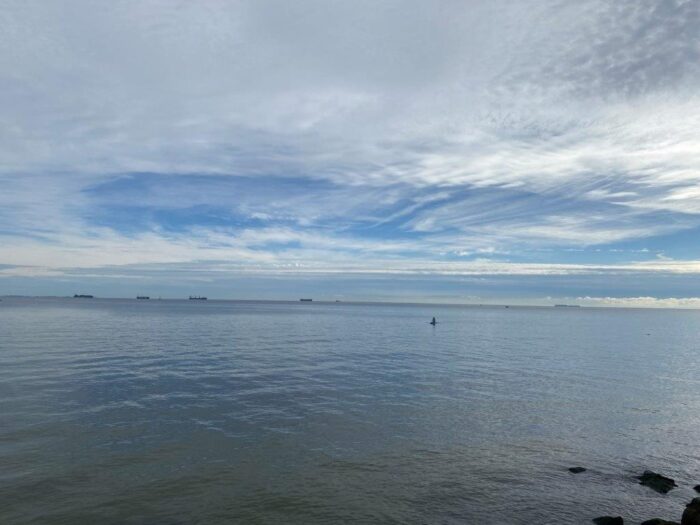
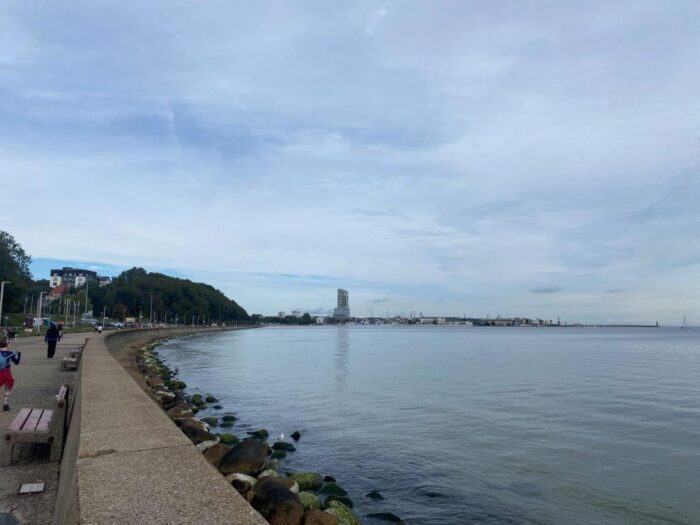



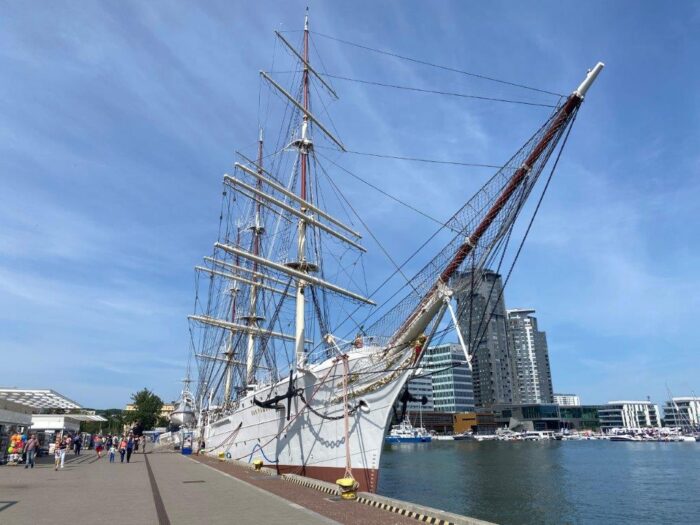
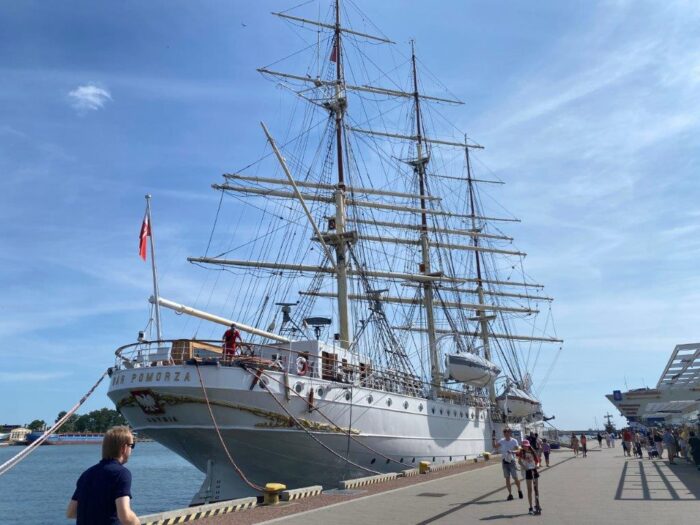

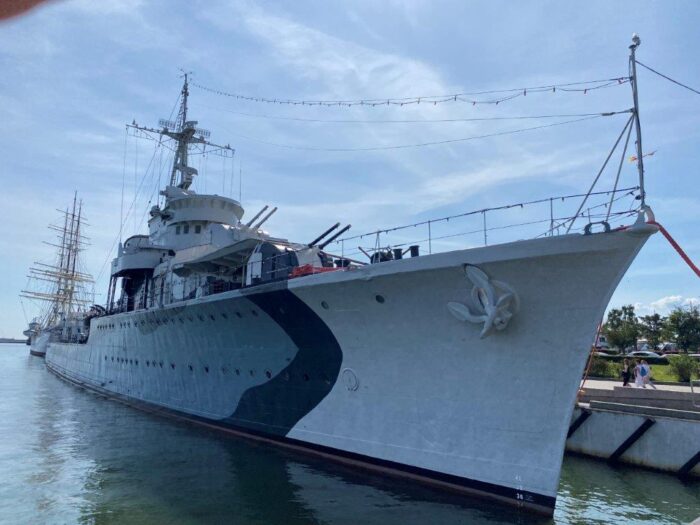


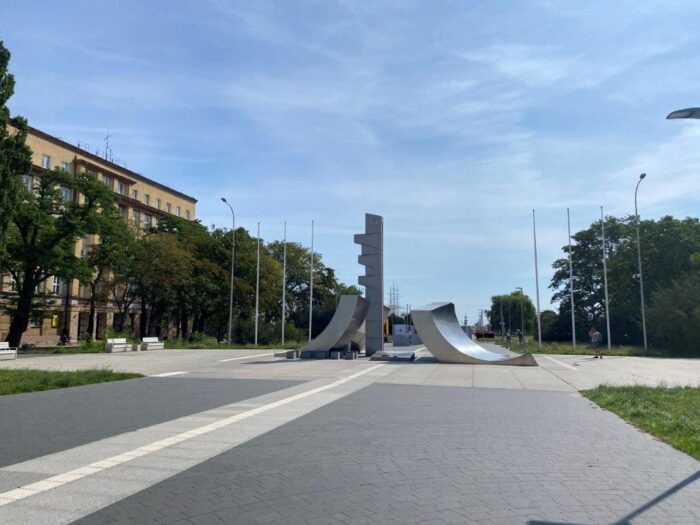
Things to Do and See
The center of Gdynia might not be very attractive for a tourist. You will, however, find what you need regarding shops and restaurants. It is the Southern Pier of the Gdynia Seaport that is the main attraction and a must-see when in the city. Once you are done in the center there is a lot more to explore in the surrounding neighborhoods. For example, there is the Kępa Redłowska Nature Reserve a bit to the south. In the reserve, you will find long hiking paths as well as remains of coastal defenses. The waterfront to the south is also lined by a long sandy beach that is popular during the summer months.
Śródmieście
Śródmieście is the downtown district of Gdynia. This is where you will find the main train station, Gdynia Główna, as well as most of the commercial streets of the city. This is a modern city center with a lot of traffic. There are, however, calmer areas at a few markets or in indoor shopping centers such as the Batory Shopping Center.
Southern Pier of Gdynia Seaport
The Southern Pier of the Gdynia Seaports is the tourist center of the city. This is where you will find some of the main attractions, as well as a great view of the Gulf of Gdańsk. Two of the main sights here are the museum ships of Dar Pomorza and ORP Błyskawica. Dar Pomorza is a full-rigged sailing ship that dates back to 1909 while ORP Błyskawica is a World War II-destroyer. The pier is also home to the Gdynia Aquarium, as well as several souvenir shops. Just to the south of the pier is the Gdynia City Beach as well as a long waterfront promenade.
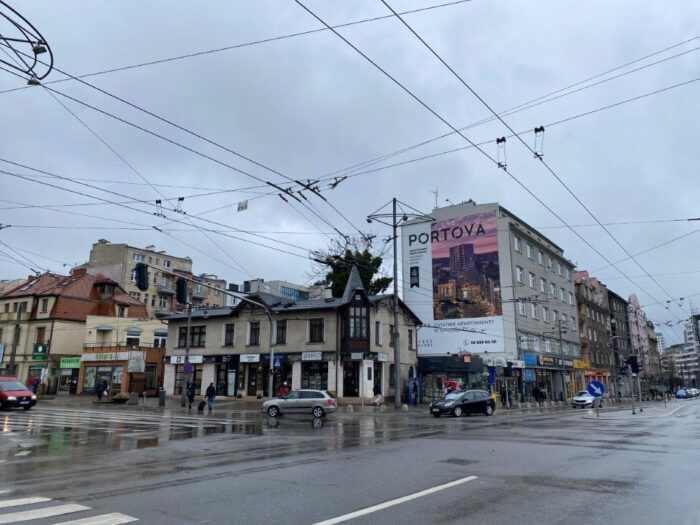

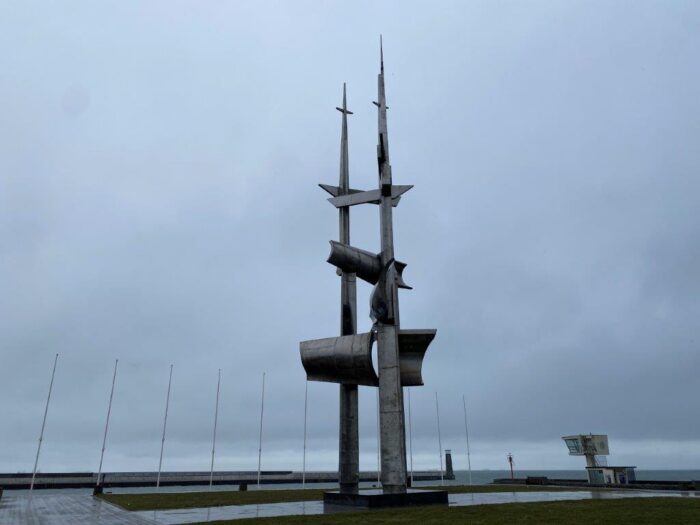
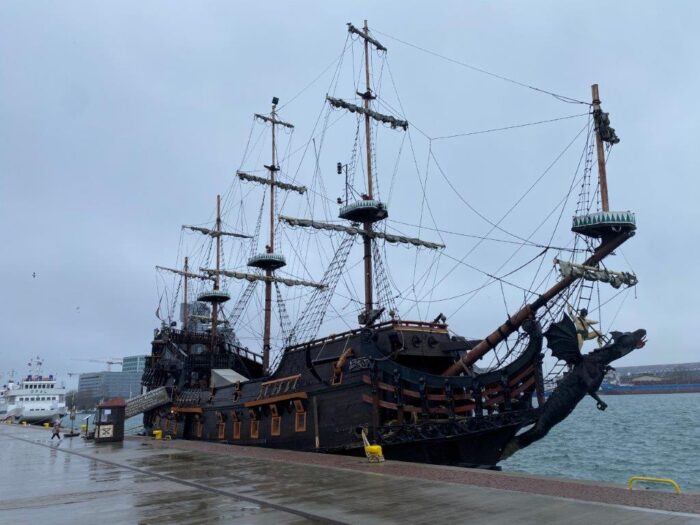








How to Get to Gdynia
- Flights: The closest major airport is Gdańsk Lech Wałęsa Airport (GDN) a short distance to the south of the city.
- Car: Gdynia lies on the northern coast of Poland, just north of Gdańsk and at the intersection of several major roads.
- Train: The main train station is the Gdynia Główna, but there are several smaller stations in the city. Here you will find both local and regional trains, as well as long-distance domestic trains to cities like Warsaw and Kraków.
- Ferry: Gdynia has one of the largest ports in Poland, but the passenger ferries are a bit more limited. The main route to and from here is the connection to Karlskrona in southern Sweden. There are also ferries from nearby Gdańsk to Nynäshamn in Sweden.
The driving distance from 5 major Polish cities, according to Google Maps:
- Warsaw – 374 kilometers (3 h 40 min)
- Kraków – 620 kilometers (5 h 30 min)
- Wrocław – 506 kilometers (4 h 30 min)
- Gdańsk – 21 kilometers (24 min)
- Lublin – 608 kilometers (5 h 10 min)
Looking to Explore more of Poland and Europe?






